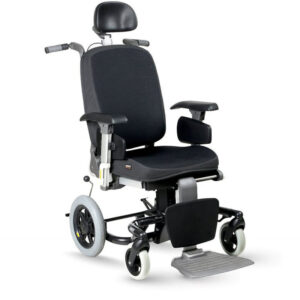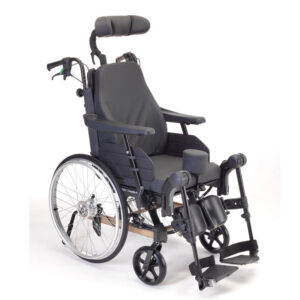Subtotal: $2,727.60
Tilt-in-Space Wheelchairs: A Complete Guide to Comfort, Posture, and Pressure Relief
For individuals who rely on wheelchairs for long periods, comfort, posture, and skin protection are essential. This is where Tilt-in-Space wheelchairs make a life-changing difference. Designed to support users with limited mobility or complex postural needs, these chairs allow the entire seating system — seat and backrest — to tilt backward while maintaining the same hip, knee, and ankle angles.
In this article, we’ll explore what Tilt-in-Space wheelchairs are, their benefits, ideal users, and how to choose the right one.
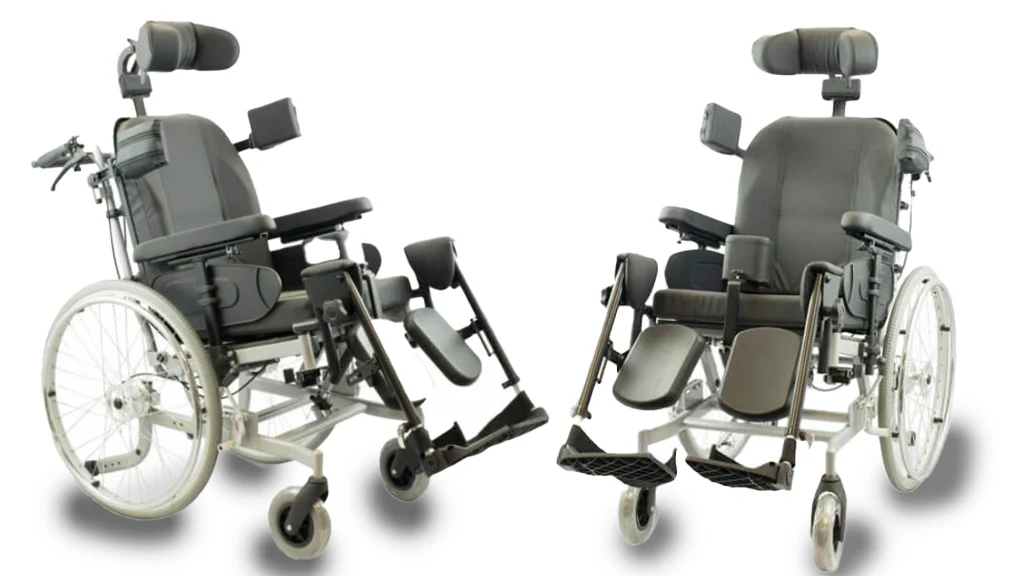
What Is a Tilt-in-Space Wheelchair?
A Tilt-in-Space wheelchair is a specialized mobility device that allows caregivers or users to tilt the entire seating system backward in space, typically up to 45 degrees or more. Unlike traditional reclining wheelchairs, where only the backrest moves, a tilt-in-space model maintains the user’s posture alignment, reducing shear and friction on the skin.
Key Difference: Tilt vs. Recline
-
Tilt-in-Space: The entire seat and backrest tilt together, keeping body angles constant.
-
Recline Wheelchair: The backrest moves independently, which may cause friction and posture issues.
Top Benefits of Tilt-in-Space Wheelchairs
1. Pressure Relief and Skin Protection
One of the biggest advantages of a tilt-in-space wheelchair is redistributing body weight. Tilting the chair helps relieve pressure from the buttocks and lower back, reducing the risk of pressure sores and skin breakdown.
2. Improved Postural Support
For users with poor trunk control or muscle weakness, the tilt function provides better alignment and balance, preventing forward sliding and slumping.
3. Enhanced Comfort and Fatigue Reduction
Changing positions throughout the day helps reduce muscle fatigue, making long sitting hours more tolerable and comfortable.
4. Better Circulation and Breathing
By changing the seating angle, tilt-in-space wheelchairs can improve blood circulation and expand lung capacity, making breathing easier for users with respiratory challenges.
5. Easier Caregiver Assistance
Tilt adjustments make transfers, feeding, and personal care easier for caregivers, improving overall safety and convenience.
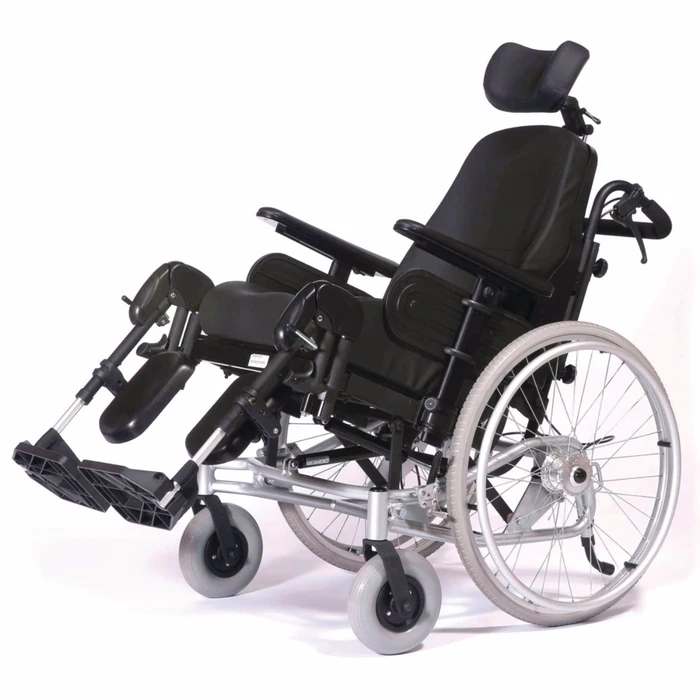
Who Can Benefit from Tilt-in-Space Wheelchairs?
Tilt-in-space wheelchairs are ideal for:
-
Individuals with cerebral palsy, muscular dystrophy, or multiple sclerosis
-
Users at high risk of pressure ulcers
-
Those with poor trunk control or head support needs
-
Elderly patients with reduced mobility
-
Post-surgical or rehabilitation patients requiring frequent position changes
Manual vs. Power Tilt-in-Space Wheelchairs
| Feature | Manual Tilt-in-Space | Power Tilt-in-Space |
|---|---|---|
| Operation | Caregiver-assisted | User-controlled (via joystick) |
| Tilt Range | Typically 0°–45° | Up to 50° or more |
| Best For | Dependent users | Independent users |
| Cost | More affordable | Higher investment |
Key Features to Look For
When choosing a tilt-in-space wheelchair, consider:
-
Tilt range – greater range means better pressure relief
-
Adjustable headrest and armrest for custom support
-
Cushioning and breathable upholstery for comfort
-
Frame material (aluminum, steel, or titanium) for durability
-
Portability if frequent transport is needed
-
Ease of cleaning and maintenance
Top Brands and Models (2025)
Some reputable brands offering high-quality tilt-in-space wheelchairs include:
-
Permobil – Known for power tilt systems and advanced positioning controls
-
Sunrise Medical (Quickie & Zippie series) – Great for pediatric and adult use
-
Invacare – Durable designs ideal for hospitals and care facilities
-
Ki Mobility – Lightweight options with superior tilt range
Tips for Maintenance and Longevity
-
Regularly inspect tilt mechanisms and brakes.
-
Clean cushions and upholstery to prevent odor or wear.
-
Lubricate moving parts monthly for smooth operation.
-
Schedule annual servicing with a certified technician.
Tilt-in-Space Wheelchairs
Showing all 3 results
-
Tilt-in-Space Wheelchairs
Ibis Tilt-in-space Wheelchair
The Ibis Tilt-in-Space Wheelchair represents a perfect balance between innovation and practicality. Designed with both the user and caregiver in mind, it enhances daily living by promoting posture, comfort, and mobility. If you are looking for a premium wheelchair that prioritizes long-term comfort and support, the Ibis is a trusted and clinically proven choice.
SKU: n/a -
Tilt-in-Space Wheelchairs
Rea Azalea manual Wheelchair
If you’re looking for a high-quality manual wheelchair that balances comfort, functionality, and safety, the Rea Azalea is a proven choice. Its innovative design, ergonomic seating system, and durable construction make it a reliable companion for everyday mobility.
SKU: n/a -
Tilt-in-Space Wheelchairs
Rea Clematis Pro Wheelchair
The Rea Clematis Pro Wheelchair is not just a mobility aid — it’s a comprehensive comfort and support solution. Combining ergonomic excellence, clinical-grade design, and everyday practicality, it helps users experience greater independence and improved quality of life.
SKU: n/a

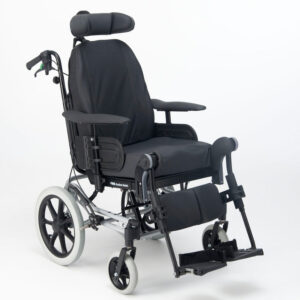 Rea Azalea manual Wheelchair
Rea Azalea manual Wheelchair 